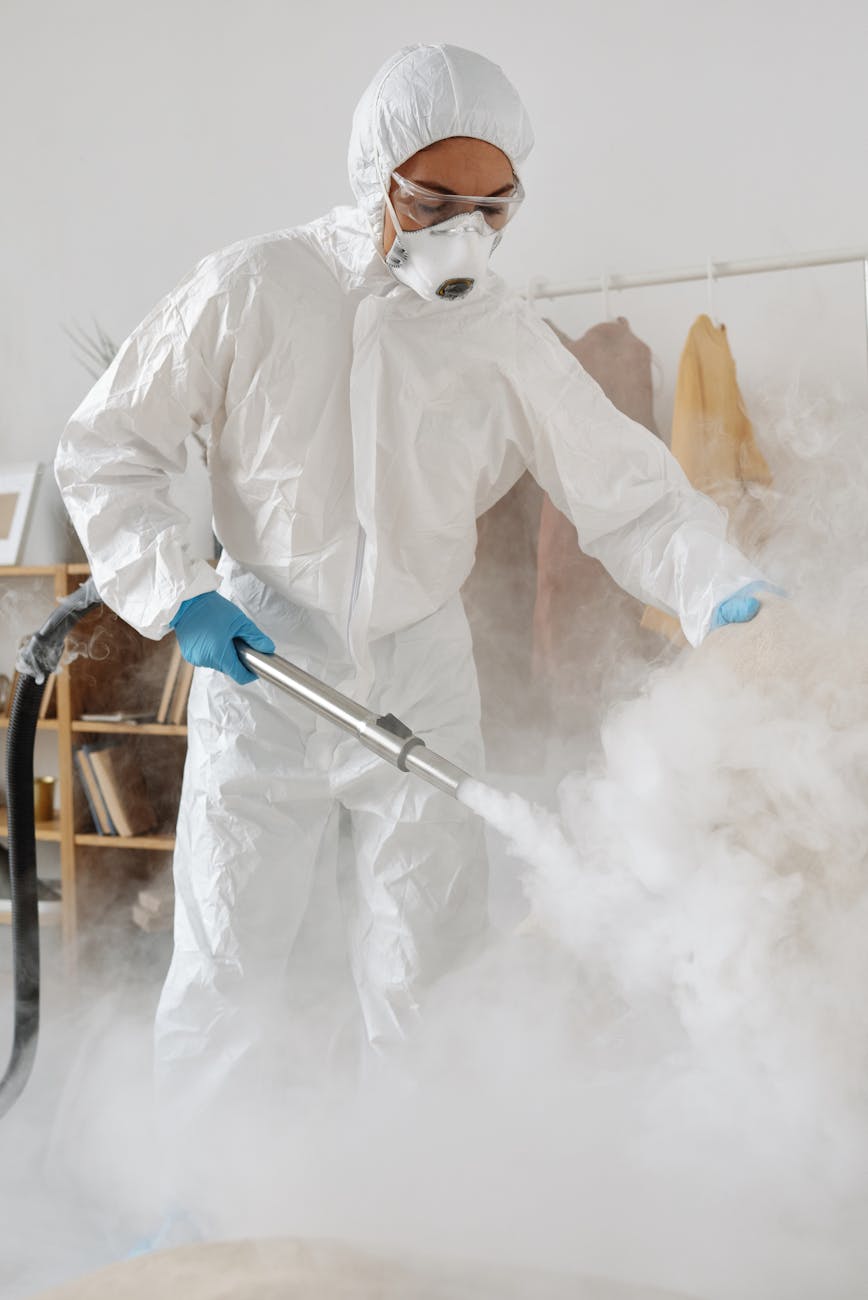
Healthcare Safety: Managing Biohazards and Infection Control
Introduction
Healthcare facilities are high-risk environments where exposure to biohazards and infectious agents is a constant concern. Proper management of biohazards and infection control is crucial to protect healthcare workers, patients, and the community. This involves strict protocols, proper waste disposal, personal protective equipment (PPE), and sterilization techniques. This guide explores key strategies for managing biohazards and preventing infections in healthcare settings.
1. Understanding Biohazards in Healthcare
Biohazards are biological substances that pose a threat to human health, including:
- Blood and bodily fluids (e.g., saliva, urine, semen)
- Pathogenic microorganisms (e.g., bacteria, viruses, fungi)
- Medical waste (e.g., used needles, contaminated dressings)
- Tissues and specimens from surgeries or autopsies
Management Strategies:
- Proper labeling of biohazardous materials with universal symbols (e.g., ☣).
- Secure storage in leak-proof, puncture-resistant containers.
- Regular training for healthcare workers on biohazard risks and handling procedures.
2. Infection Control Measures
Infection control prevents the spread of pathogens in healthcare settings. Key methods include:
A. Hand Hygiene
- Frequent handwashing with soap and water for at least 20 seconds.
- Alcohol-based sanitizers (60-95% alcohol) when soap is unavailable.
B. Personal Protective Equipment (PPE)
- Gloves, masks, gowns, and goggles to prevent exposure.
- Proper disposal of PPE after use to avoid contamination.
C. Sterilization and Disinfection
- Autoclaving (steam sterilization) for surgical instruments.
- Chemical disinfectants (e.g., bleach, hydrogen peroxide) for surfaces.
D. Isolation Protocols
- Contact, droplet, and airborne precautions for infectious patients.
- Negative pressure rooms for diseases like tuberculosis (TB).
3. Biohazard Waste Disposal
Medical waste must be handled carefully to prevent infections and environmental harm.
A. Segregation of Waste
- Infectious waste (e.g., used syringes, blood-soaked materials) in red bags.
- Non-hazardous waste (e.g., paper, food waste) in standard trash.
B. Safe Disposal Methods
- Incineration for pathological waste.
- Sharps containers for needles and scalpels.
- Regulated medical waste (RMW) services for proper transport and disposal.
4. Employee Health and Vaccinations
Healthcare workers must be protected through:
- Mandatory vaccinations (e.g., Hepatitis B, Influenza, COVID-19).
- Regular health screenings for TB and other infectious diseases.
- Post-exposure prophylaxis (PEP) for needlestick injuries involving HIV/HBV.
5. Surveillance and Outbreak Management
- Monitoring infection rates (e.g., HAIs – Healthcare-Associated Infections).
- Contact tracing during outbreaks (e.g., MRSA, C. difficile).
- Reporting to public health authorities for notifiable diseases.
Conclusion
Effective biohazard management and infection control are essential to maintaining a safe healthcare environment. By implementing strict hygiene practices, proper waste disposal, PPE usage, and vaccination programs, healthcare facilities can minimize risks and protect both staff and patients. Continuous training and adherence to regulations ensure long-term safety and compliance.
Waste Management: Reducing, Reusing, and Recycling in Industries
Safety Harness: Full Body vs Chest Harness – When to Use Each?
Hard Hats: Type I vs Type II – Which Offers Better Protection?
PPE vs Engineering Controls – Which is More Effective?
10 Electrical Safety Rules Every Worker Must Know
FAQs
1. What are the most common healthcare-associated infections (HAIs)?
Common HAIs include urinary tract infections (UTIs), surgical site infections (SSIs), pneumonia, and bloodstream infections (sepsis).
2. How often should medical equipment be sterilized?
Critical equipment (e.g., surgical tools) must be sterilized after each use. Semi-critical items (e.g., endoscopes) require high-level disinfection.
3. What should I do if exposed to a biohazard?
Immediately wash the area with soap and water, report the incident, and seek medical evaluation for potential PEP (Post-Exposure Prophylaxis).
4. Can biohazard waste be disposed of in regular trash?
No, biohazard waste must be segregated and disposed of through approved medical waste disposal services.
5. Why is PPE important in infection control?
PPE acts as a barrier against infectious agents, reducing the risk of transmission between healthcare workers and patients.
6. What is the difference between sterilization and disinfection?
- Sterilization kills all microorganisms, including spores (e.g., autoclaving).
- Disinfection reduces pathogens but may not eliminate all spores (e.g., using bleach).
7. How can hospitals prevent the spread of antibiotic-resistant infections?
- Antimicrobial stewardship programs to reduce unnecessary antibiotic use.
- Strict hand hygiene and isolation protocols for resistant infections (e.g., MRSA).
8. What are the OSHA standards for biohazard safety?
OSHA’s Bloodborne Pathogens Standard (29 CFR 1910.1030) requires:
- PPE availability
- Exposure control plans
- Employee training
9. How should spills of infectious materials be cleaned?
- Wear PPE (gloves, gown, mask).
- Contain the spill with absorbent materials.
- Disinfect with an EPA-approved solution (e.g., 10% bleach).
10. What is the role of ventilation in infection control?
Proper ventilation (e.g., HEPA filters, negative pressure rooms) reduces airborne pathogens like TB, measles, and COVID-19.
11. Are visitors required to follow infection control protocols?
Yes, visitors should:
- Wear masks if required
- Sanitize hands
- Follow isolation guidelines
12. How often should infection control training be conducted?
- Annually for all healthcare staff.
- After outbreaks or protocol updates.
13. What is the best way to handle used needles?
- Never recap needles.
- Dispose immediately in a sharps container.
14. Can reusable PPE (e.g., gowns) be used multiple times?
Only if properly decontaminated between uses, following manufacturer guidelines.
15. What are the risks of improper biohazard waste disposal?
- Spread of infections
- Environmental contamination
- Legal penalties
By following these guidelines, healthcare facilities can ensure a safer environment for everyone.
























